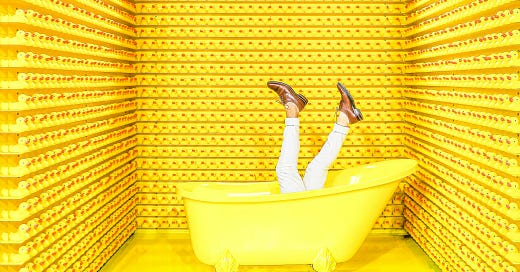If a picture is worth a thousand words, then an unexpected image is worth a million. You know, the kind of image that echoes long after you have left the poem, story, or essay. The image so emotionally evocative or heart-shattering that it stays lodged in your heart (or throat) until the test of time. An image so iconic that it travels throughout generations: the glass slipper, the yellow brick road, Nemo’s tiny fish fin.
Imagery is one of the building blocks of writing; it is one of the most effective ways to have your reader not just read but experience your writing. The more unexpected an image, the more iconic it becomes.
In our workshop this Sunday, The Art of the Unexpected Image, we will practice the steps to create unforgettable images and discuss why they are so vital for the success of your poems. Today’s post is a preview, providing five clear, compelling, and evocative techniques to increase your imagery’s impact and echo.
1. Focus on the smallest part.
Once you write an image, ask yourself how it can go smaller. Richard Price said, “Write the big thing small. Don’t tell me about war; show me a child’s sock laying bloody in the street.” Everything, even us humans, is made up of a million smaller tiny parts. How can you focus on the smallest, oddest, most specific part?
For example, if you write about a kicked-in fence, can you show the black shoe polish still on the board? Don't tell me about a divorce; show me a tan line after the ring has been removed. Don’t write about the breakup, rather show all the picture frames face down on the dresser. The right image not only keeps the reader reading, but keeps them asking questions.
2. Create contrast.
Contrast is one of the fastest routes to making images stand out. You want to set up one color, texture, tone, or palette, then write an image that introduces the opposite. This stark contrast jolts the reader, making them pay more attention. The contrast or juxtaposition interrupts the pattern to bring something unexpected. For example, postcard-perfect sunshine on the day someone dies or a woman wearing a red dress in a sea of gray corporate suits. A white crane lands like a question mark in a dark forest of pines. What the house looked like before and after the toddler came home.
Using juxtaposition is one of the most effective ways to make your images punch and pop.
Keep reading with a 7-day free trial
Subscribe to The Poetry Coach with Kelly Grace Thomas to keep reading this post and get 7 days of free access to the full post archives.




